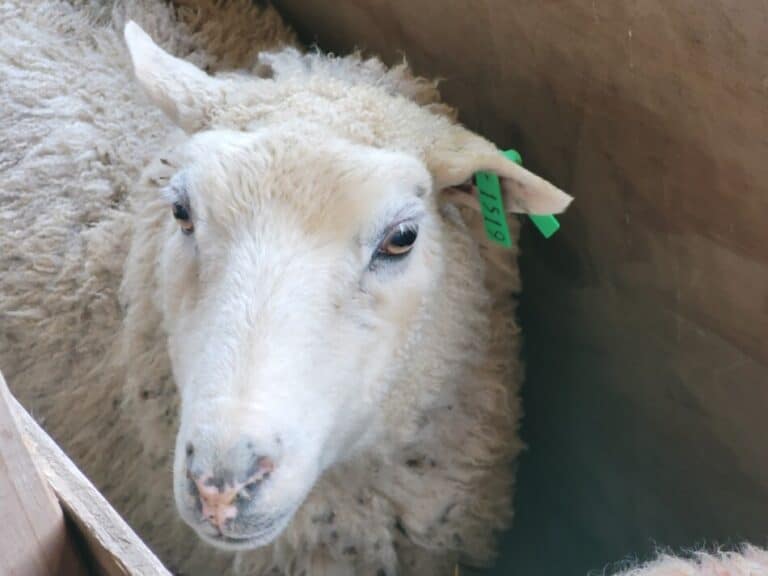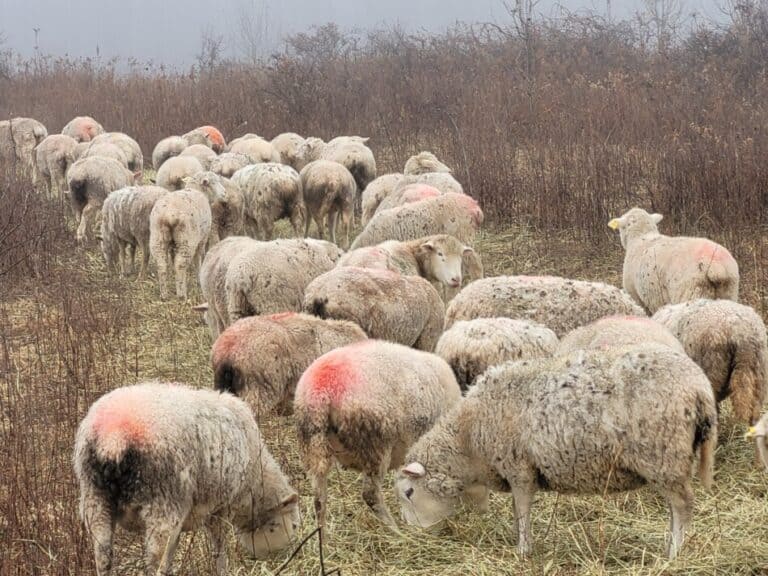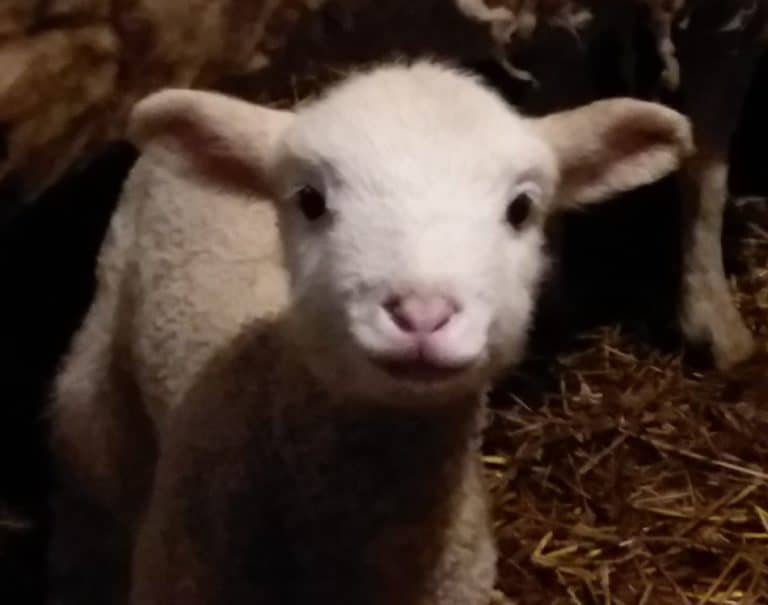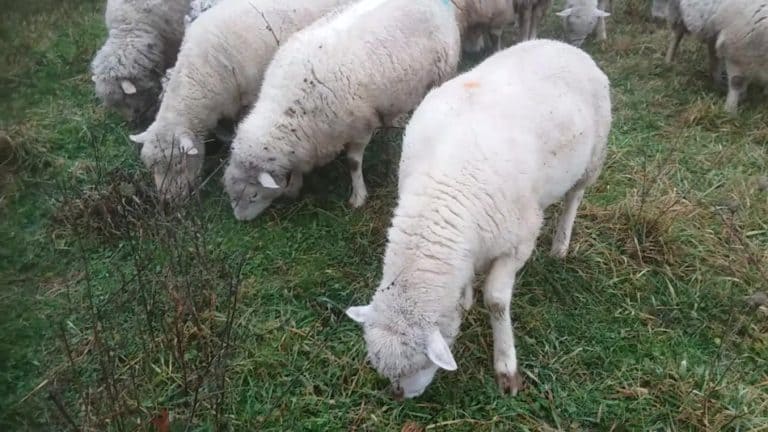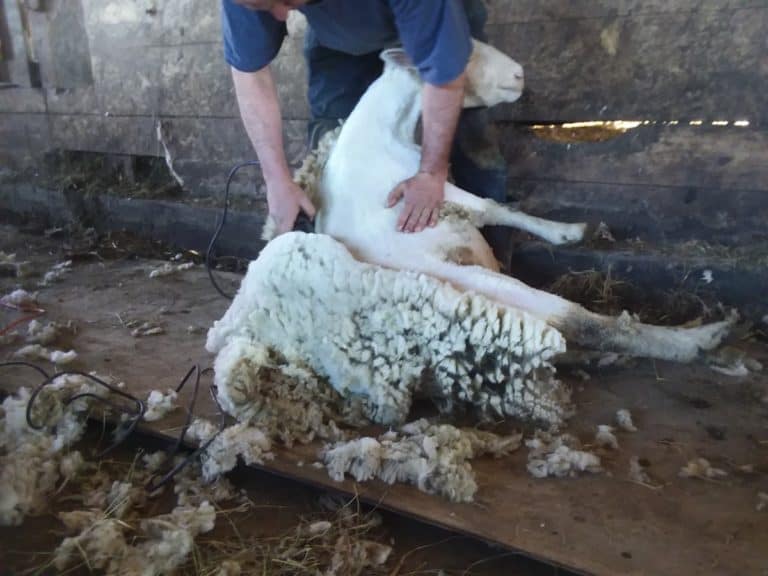How Old Do Lambs Need To Be To Wean?
When to wean lambs is a question all sheep farmers need to answer. The catch is that each farm does things a bit differently, so it only makes sense that management decisions will be specific to each flock.
So where do we go from here? Is weaning based on age or size or what the lambs are eating?
Lambs can be weaned as early as 90 days if they are on forage or pasture, 60 days if they are well established on creep feed, hay and water (usually inside lambs) and after 45 days for bottle lambs, who also need to be well adjusted to feed and water before weaning.
Before any lambs are weaned, they need to be well adjusted to eating on their own. Lambs that are inside with access to creep feed tend to reach this point sooner than lambs that are on pasture with the ewes.
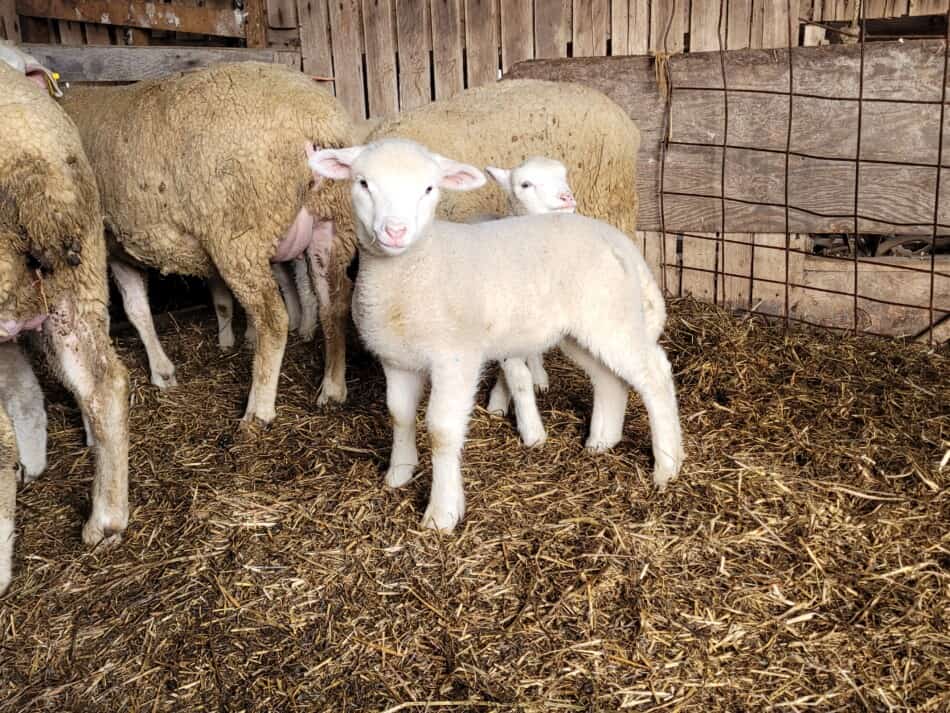
| Lamb management situation | Weaning age |
| lambs on pasture with no supplemental feed | 90-120 days |
| lambs inside on creep feed since 10 days of age | 60 days |
| bottle lambs eating solid food (feed and hay) and drinking well | 45-60 days |
Most lambs need to be at least 90 days old to wean
Most lambs need to be 90 days old or more before they are able to be weaned. A lamb that is a good candidate for weaning will be aggressively eating forage and drinking water in addition to nursing.
The average for weaning age is in the 120 day range, but keep 90 as a minimum that most lambs can handle.
Lambs learn to eat and drink by watching what the ewe is doing then mimicking her. It takes time for the lamb’s digestive tract to develop so they can make the switch from all milk to all forages.
This gut change is why the lambs need the 90 days before being weaned for.
It takes time to slowly add different forages to their gut to get it up and running well enough to give them all the calories they need without the supplemental energy coming in from nursing.
Earliest weaning age ranges from 60-90 days
Weaning dates can be as early as 60 days for lambs that are being fed creep feed and eating and drinking well. Creep feeding is much more common in lambs raised inside.
Lambs that have access to creep feed develop their rumen faster than lambs without creep feed. The creep fed lambs can get calories from the grain and calories from their hay helping them grow faster.
90+ days weaning age is more for lambs that are not getting supplemental concentrated feed, like lambs on pasture.
Weaning is not an overnight process, it is a gradual process that will happen naturally in the flock if the lambs are left with their moms, but it can also be initiated by the farmer.
Lambs that are to be weaned need to have a few weeks of access to an easy to eat forage (that they can get before the ewes eat it all!) and are frequently seen drinking water.
| Weaning considerations for lambs | Weaning age is: |
| bottle lambs eating well on own for 2 weeks or more | anytime after 45 days of age |
| lambs eating creep feed and hay for a few weeks + 60 days old | anytime |
| lambs born late in lambing season | later they need to be older at weaning |
| lambs on pasture only | later need time for rumen to develop |
To wean or not is more about what the lamb is eating
Whether or not you can wean your lambs is more about whether or not it is an appropriate time to wean the lambs, meaning are the lambs ready to be weaned?
Delaying lamb weaning age in a pasture-based production system improves lamb growth.
https://www.sciencedirect.com/science/article/pii/S0921448821001942
Here are some things to consider before you wean your lambs:
- Are the lambs well grown for their size?
- Are the lambs aggressively eating on their own, more than just the occasional nibble?
- Do lambs under 60 days have access to easily digestible feeds, probably grain?
- Have you seen the lambs eating well for a few weeks already?
- For creep fed lambs, is the feed or hay in the creep area being frequently refilled?
- Is the feed being eaten by the lambs? Not spilled or eaten by something else
- If the lambs are only on pasture, are they around 90 days old or more?

Why do pasture raised lambs need more time before weaning?
Pasture raised lambs need more time before they are able to be easily weaned because it takes some time for the rumen to develop and start working well enough to support the needs of the growing lamb.
Lambs are born with digestion that functions more like ours. As they grow and start eating, they inoculate their gut with microbes and start to develop the digestion capabilities they will have as adults.
Strictly speaking, the lamb is not really a functional ruminant until it is 50-60 days old, after which it needs some time to work up to being able to support itself on forage without nursing.
Intensively managed lambs can wean sooner
Generally speaking, lambs that are intensively managed can be weaned earlier.
This would be for lambs that you spend quite a bit of time with, like bottle lambs or lambs that are inside and already eating creep feed.
Bottle lambs could be weaned as early as 45-60 days, as long as they are eating and drinking very well before you eliminate bottle feeding.
In order to hit the 45-60 day weaning period, the lambs will need to have feed, water and hay in place for a few weeks before the weaning date, so they have time to adjust to their new diet.
Operations that feed a large amount of bottle lambs may be able to reduce this further, but most folks will be better served with the 45-60 days.
Do Lambs Need Creep Feed? goes over more specifics on getting your lambs going with creep feeding.
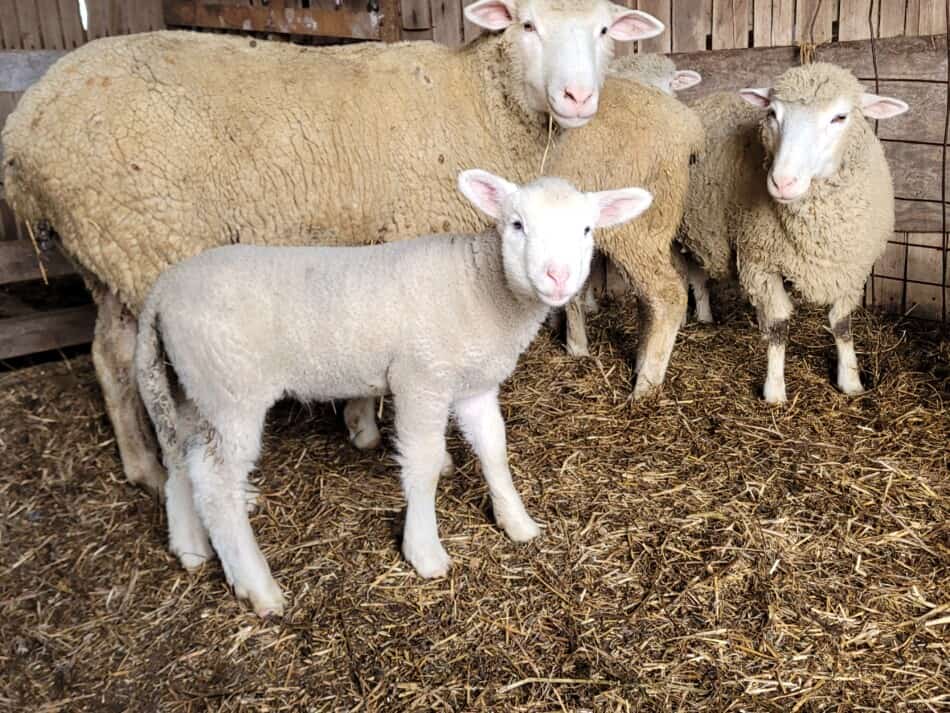
Older lambs are easier to wean
Older lambs are going to be easier to wean.
Older lambs are more able to get around the pasture for forage as well as have developed their digestion to get the most use out of the grass available.
Also all lambs will eventually be weaned by the ewe and the older the lamb is, the closer it is to the natural weaning period.
Lactation in sheep peaks at 3-4 weeks then steadily declines after than, so the older lambs are naturally getting less milk by the time they get to weaning age.
Lambs are born over a period of weeks
Lambs are born over a period of several weeks, a heat cycle in sheep is 17 days and most folks would run the rams for 2 cycles, at least, which technically gives a lambing season of 34 days.
I say “technically” 34 days because lambs being born close to a week early or a week late is not unusual, which takes your 34 days and adds time on both ends.
If your sheep are A.I. bred, then your lambing window is very compact, but otherwise, plan on a good size spread of at least a month with a few stragglers on each end.
For example, let’s look at lambs born about as far apart as you could get in the lambing season.
If you have a lamb born early in the season, a day or two before lambing season starts, and a lamb born a day or two after lambing season officially ends, those lambs are more than a month different in age.
That’s a lot when the lambs are this young! Most lambs will be somewhere in the middle, but you’ll want the lambs that are on the younger end to be well grown at weaning, too.
This is why weaning ages are higher than you may think, the entire group weans, not just one or two, so everyone has to be old enough to do well without their moms.
Other lamb articles of mine you may like:
Resources that will give you more background information on weaning lambs:
Sheep 101: Ruminants gives you more details about the specifics of rumination, including the transition from living off of milk to living off of forage and the factors that affect appropriate weaning time.
Weaners from Meat and Livestock Australia notes that higher weights at weaning, meaning older lambs at weaning, correlate with the lambs better handling the stress of weaning.
